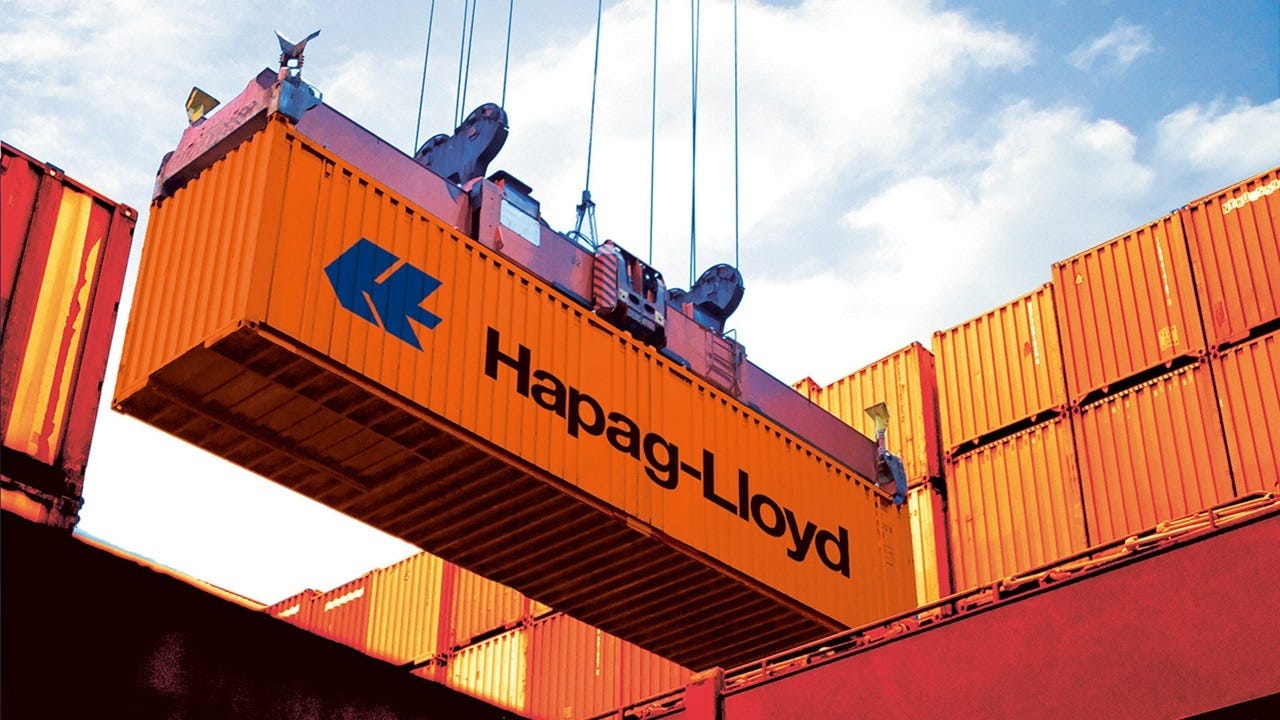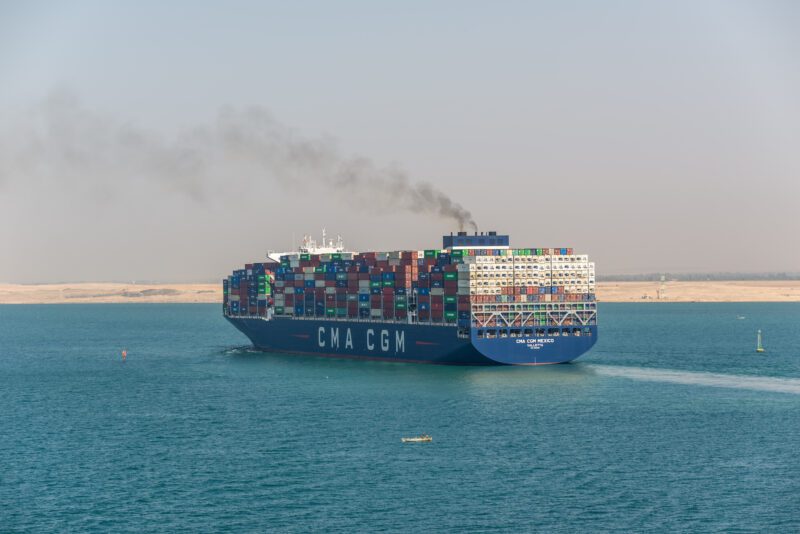ARE SHIPPERS WILLING TO PAY FOR RELIABILITY?
Meeting the challenges of container shipping congestion and schedule reliability comes at a cost, but logistics managers can control slow but steady cargo handling
November 25, 2025
4 Min Read

Credit: Hapag-Lloyd
Vessel delays are a recurring issue within the container shipping industry that the carriers have largely failed to deal with effectively and these hitches can cause major issues within supply chains.
Fraser Robinson founder and CEO at supply chain visibility company Beacon that the volatility intensifies the challenge for logistics managers: “A port averaging 1.5 days might be manageable with proper planning. A port that's 0.5 days one month and 2.5 days the next creates uncertainty that's harder to mitigate.”
Schedule reliability is the major selling point for the Gemini Cooperation, formed by Hapag-Lloyd and Maersk in February this year, and it is a promise which both carriers is of value to their customers.
Hapag-Lloyd CEO Rolf Habben Jansen said recently that the carrier is very happy with Gemini, having hit 90% schedule reliability, as defined by Gemini, virtually from day one.
“I would still argue,” said Jansen, “that 90% schedule reliability or 55%, you will, let's say, pay at least the same price to the guy that comes there 90% on time than the guy that is there only 55% on time.”
Maersk CEO Vincent Clerc was also on message, when he told investors that charging customers a premium for on-time ship arrivals “is a conversation we’ve started” and added that Gemini needed to show that it had a consistent track record of improved reliability.
Drewry Shipping Consultants’ latest logistics briefing compares the wait times at Shanghai, Ningbo-Zhoushan and Tianjin, which are all at just over one day, with European ports, of which only Hamburg is comparable with a wait time of one day, while both Rotterdam stands at over 1.5 days and Antwerp at 2.5 days.
Drewry’s measures schedule reliability against arrivals listed by the lines two to six weeks earlier and counts the vessels arriving with 24 hours of the listed schedules.
Gemini’s schedule reliability is averaging at a much higher level than competing alliances or MSC, Maersk achieved 80% reliability in June and July this year, with a little over 70% in August, September and October, according to Drewry data.
The only other group to achieve Drewry’s average of around 40% was the Ocean Alliance with 40% in September, with MSC the worst performer, with a best month in October, reaching 30%.
Gemini use Sea Intelligence data, however, allowing Jansen to claim, “We have been hitting a 90% schedule reliability almost from day one.”
Whether that will allow the Gemini carriers to charge a premium is not clear and has led Drewry’s to ask: “Shouldn’t shippers already expect the services to be reasonably on time, instead of being asked to pay more for this?”
Perhaps shippers in Africa should claim a discount in their carrier charges given the levels of volatility around services to destinations around the continent.
A Beacon analysis of African logistics revealed a mixed bag in terms of the regional volatility and the timing.
First quarter port statistics showed that Mombasa and Djibouti in the East and Tema in Ghana on the west coast saw vessel delays of 1.9-3.6 days. By March Djibouti had all but eliminated wait times, Mombasa was down to 1.2 days and Tema was down to 0.67 days.
In the months from April to June Beacon said that most African ports maintained a stable situation, with only six ports recording ship wait times at anchorage of over 0.5 days.
Autumn brought a substantial decline in performance again for Southern and West African ports in particular. Durban delays went from 0.54 days in August to 1.17 days by October, while Lomé nearly doubled from 0.81 days in January to 1.64 days.
“East African gains partially held. Mombasa finished October at 1.45 days, down from 3.6 days at its peak but up from 0.66 days mid-year; And Tema ended at 0.86 days.
“The continental average climbed back to 1.74 days by October, nearly matching where it started in January,” concluded the Beacon briefing.
East African exports of flowers and vegetables are also sensitive to delays and can have serious impacts on hard pressed exporters.
These delays are impacting African economies, according to Beacon with every Ethiopian bound container passing through Djibouti, while South Africa’s port of Durban handles containers destined for factories operating on a just-in-time basis.
In west Africa beacon reports: “Lomé serves as a transhipment hub for landlocked Sahel nations. When anchor times nearly double to 1.64 days, that delay affects not just Togo but cargo continuing to Burkina Faso, Mali, and Niger.”
Nick Savvides, Europe correspondent









